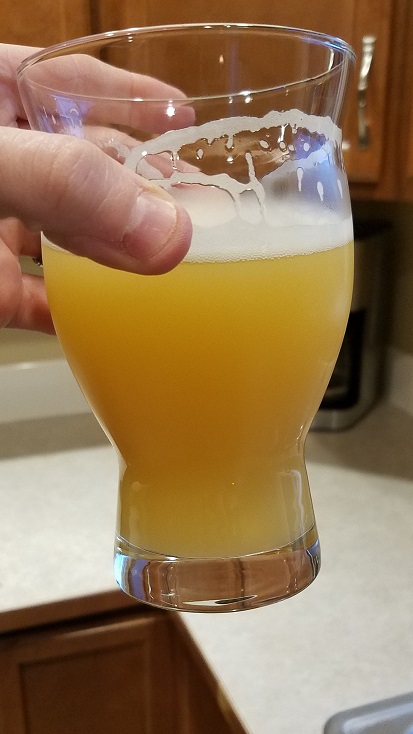I was under the impression that biotransformation occurs about two days in with dry hops. I also have the ability to dump from a conical, so maybe drop cone sooner and before second hopping, or double the dry hop amount at one time.
I use Wyeast nutrient in my starters and at the last 15 min of the boil.
Oxygen is a bit of a guess, however I use the red portable cans of o2 for about 45 seconds.
Ummm yes and no. What do you think the yeast is doing to the hop oils you added in the kettle? Transforming them... maybe...
Matt Brynildson was maybe the first person to make the biotransformation word popular in referring to hops. He’s a hop chemist, knows some stuff. He adds a small dry hop charge within the last .4-.6 plato of fermentation and then again a larger one after fermentation is complete.
Hops are anti microbial. Adding them while your yeast is vigorously fermenting is almost like adding a toxin to the beer. The alpha acids coat the hops and can cause some nasty **** to happen as well as negatively affect yeast health and performance. There’s a reason professional breweries don’t harvest yeast from beers over a certain IBU.
The “overripe” quality everyone uses to describe so many “NEIPA”s is a result of hops in contact with too much yeast for too long. It can be perceived as “over ripe” for some, “rotting” for others, and just down right nasty vegetal garbage for others (myself included). Some people are sensitive to the mercaptans, others aren’t.
Not to mention most of your favorite brewers of this style aren’t doing it.
Other Half
Monkish
Aslin
Hill Farmstead
Alchemist
Etc.
I’d try waiting until the tail end of fermentation to add say 1/4 of your DH amount. Do a D-rest, check for diacetyl. Cool to 60, leave for 24-36 hours, remove as much yeast as possible. Add 2nd dry hop charge and leave at 60 2-4 days then cool and transfer.
I’d give your yeast a little more O2 as well. Bubbles should just be coming out of the stone, not too aggressively. I’d go for 1.5-2 minute for a 1.060 beer. Longer for 1.070 or above.




